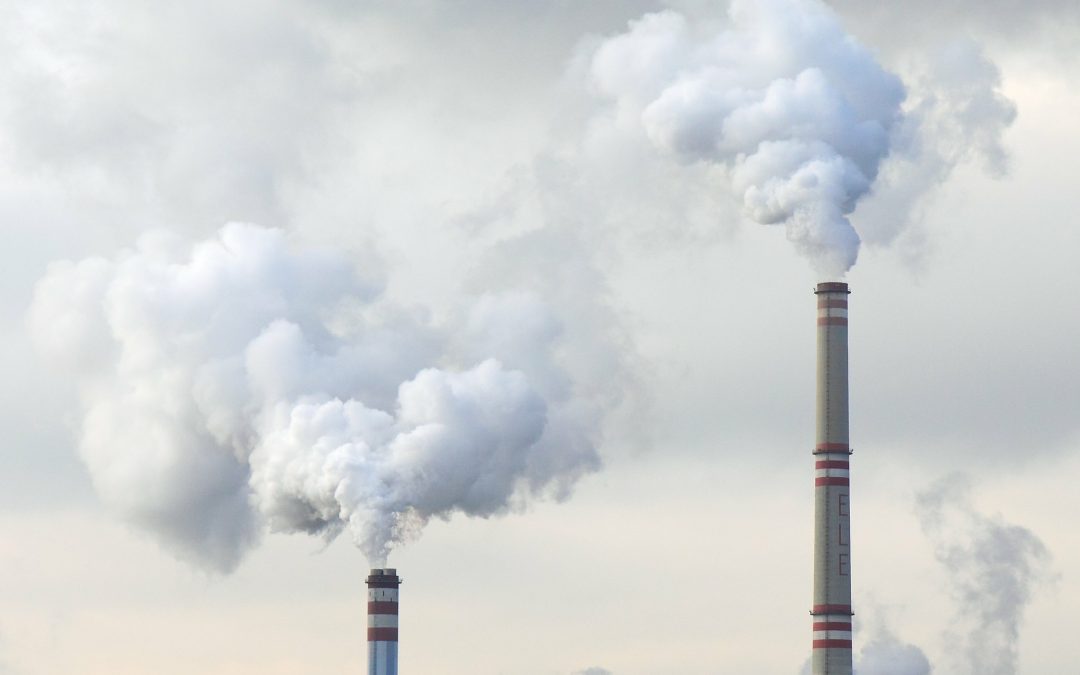
You may know about how fossil fuels contribute to climate change, but do you know about the health effects associated with coal power plants? Air pollution alone causes up to 4.2 million premature deaths per year worldwide. If we want to prevent these unnecessary deaths, we can consider clean energy options such as wind and solar that benefit the air we breathe and the water we drink.
While we receive three-fifths of our electricity in Nebraska from coal plants, these energy producers also contribute to serious health issues in the form of air and water pollution. As coal burns, it releases airborne toxins that permeate our air. Exposure to these toxins can aggravate asthma and bronchitis and, after long term exposure, may cause lung cancer, cardiovascular disease, and death. Nebraska is no exception to these health risks. Check out the health impacts from each of Nebraska’s own power plants through this interactive map.
Coal usage also contaminates our water. During the process of washing coal after mining, heavy metals may leach out and pollute surface and groundwater. At the end of coal’s life-cycle, water pollution becomes a problem once again as most of coal ash ends up in landfills, where it may leak into our water sources.

Wind and solar energy, on the other hand, do not contribute to this extent of air and water pollution and can actually improve our current health costs and conditions. With decreased air and water pollution, clean energy has already prevented over 12,700 deaths in the U.S. over a nine-year period. Switching to clean energy can also save U.S. regions between $5.7 million and $210 million in health costs annually, depending on the type and location. Benefits such as these have prompted cities across the U.S. to name public health as a reason they are working towards 100% clean energy.

So what can you do? Take our Clean Energy Pledge to show your support for moving Nebraska towards 100% clean energy. We’ll send you more information on how you can get involved in your local community.

